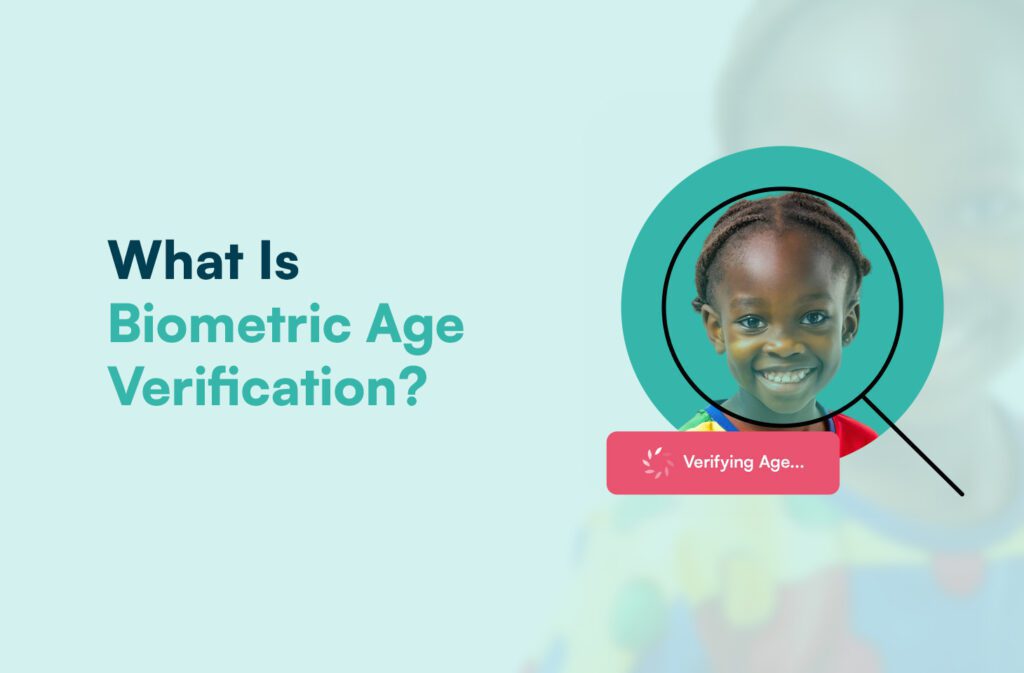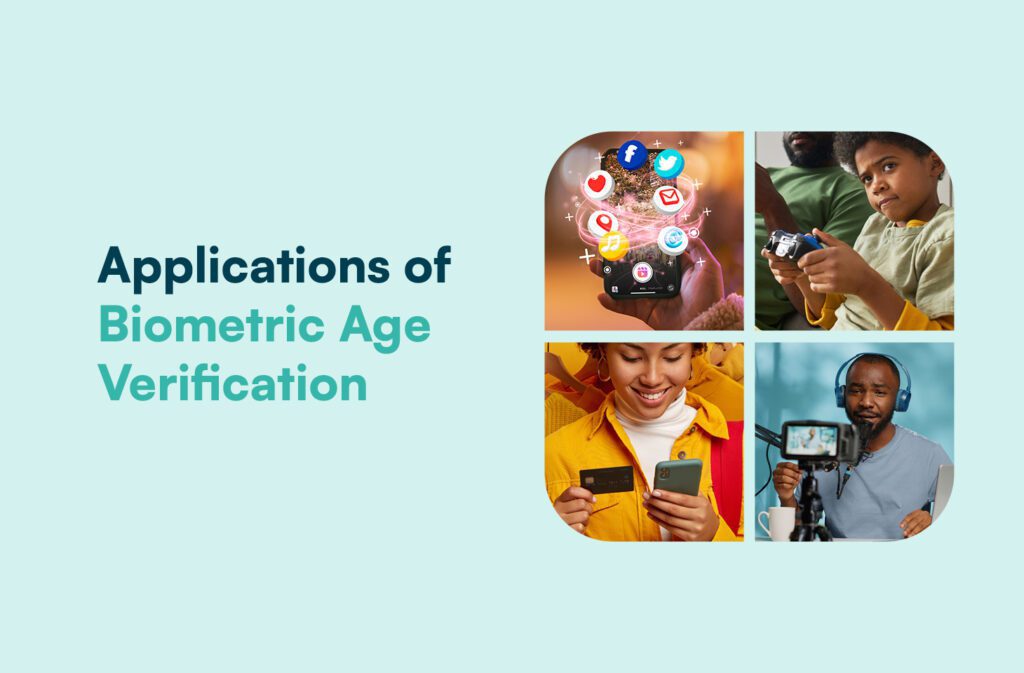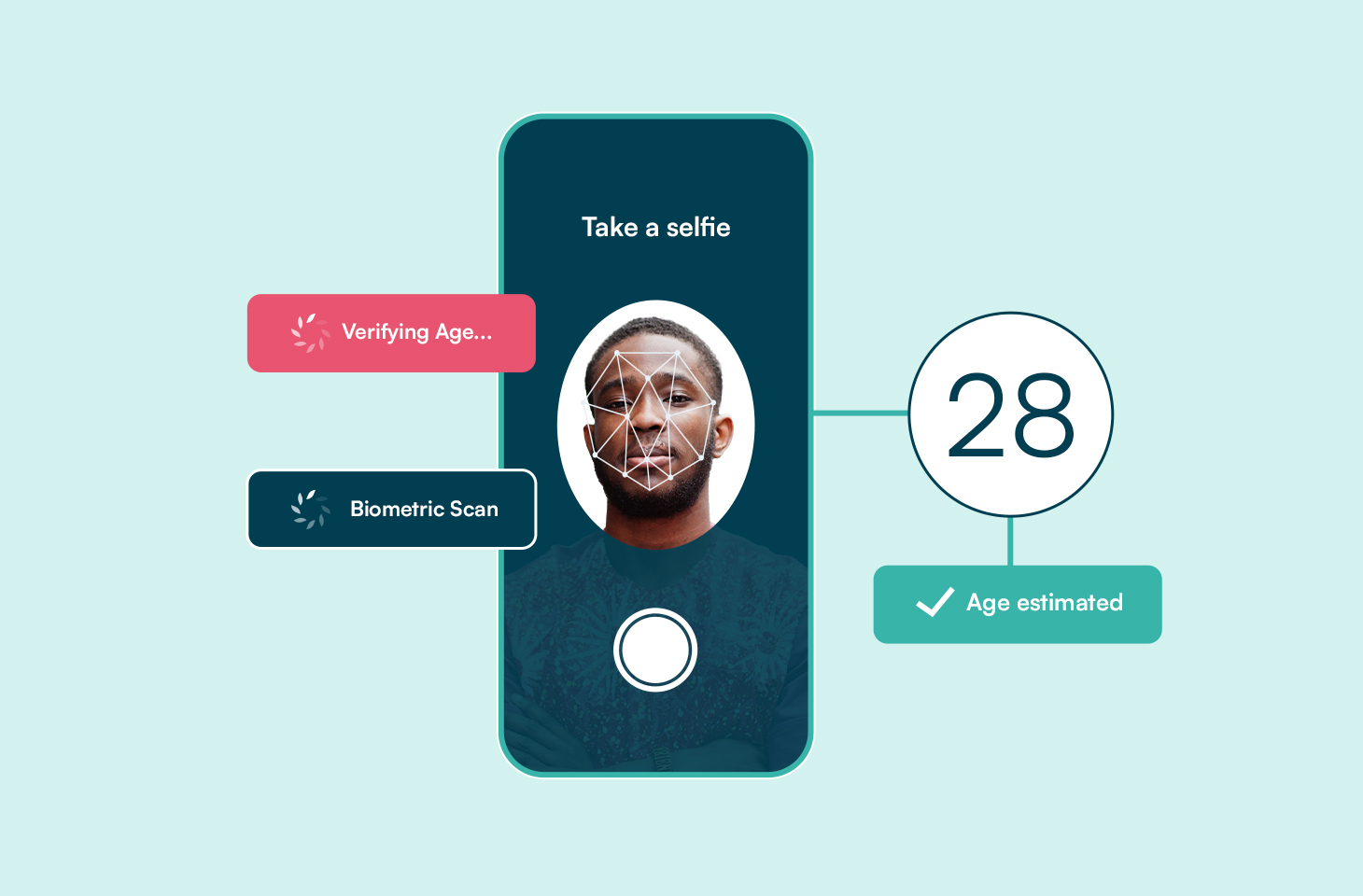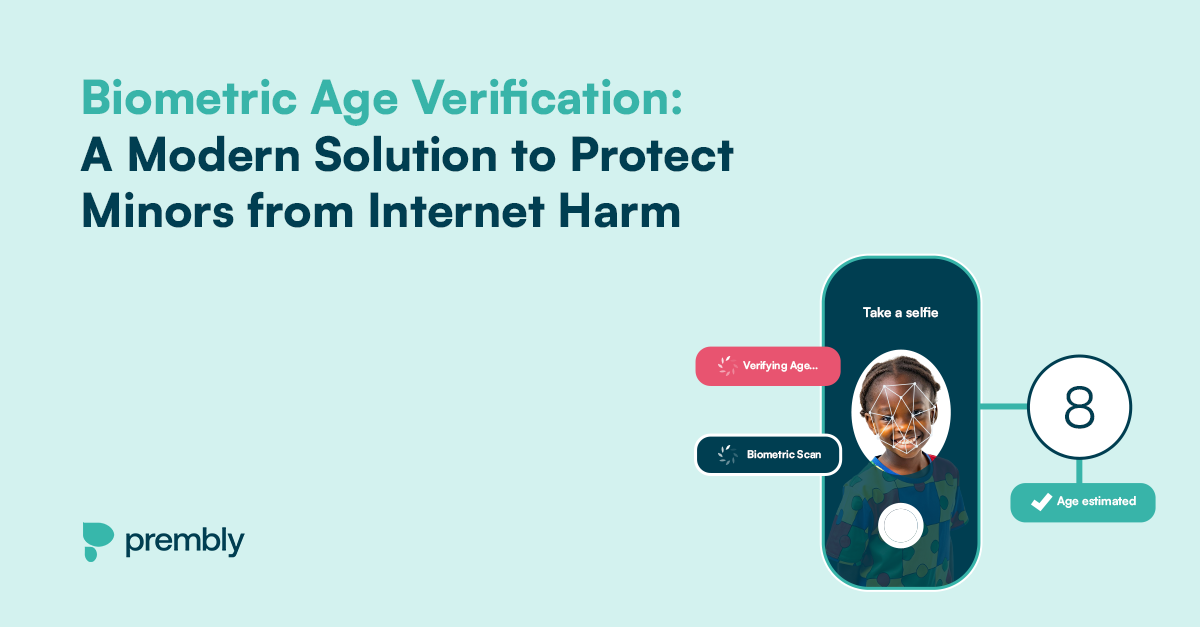The internet, while a hub of knowledge and innovation, has become increasingly hazardous for underage users. From exposure to explicit content, cyberbullying, and online grooming to harmful social media challenges and addictive gaming behaviours, the digital environment often poses risks that can deeply affect the mental, emotional, and physical well-being of minors.
As policymakers and businesses grapple with these challenges, biometric age verification has emerged as a powerful tool to enforce digital safety regulations and ensure age-appropriate access to online platforms. Leading this transformation are innovative companies like Prembly, which are harnessing advanced biometric technologies to verify users’ identities and protect vulnerable populations online.
The Internet and the Risks to Minors
Despite age restrictions on most online platforms (e.g., 13+ for social media platforms like Instagram, 18+ for gambling sites), enforcement has traditionally relied on self-reported data. This model is flawed:
- False declarations: Children can easily lie about their age.
- Lack of enforcement: Platforms often lack the technology or incentive to verify age.
- Increased access: Smartphones, tablets, and remote learning have increased children’s unsupervised access to the internet.
As a result, minors are regularly exposed to:
- Inappropriate content (violence, pornography, extremism)
- Predatory behavior (grooming, sextortion)
- Addictive algorithms (leading to reduced attention spans and increased anxiety)
- Scams and phishing attempts
These threats make robust age verification systems not only desirable but essential.

What Is Biometric Age Verification?
Biometric age verification uses physiological or behavioural characteristics to assess and confirm an individual’s age. Unlike manual verification (e.g., uploading an ID), biometric systems provide real-time, secure, and automated validation.
Types of Biometrics Used for Age Verification
- Facial Recognition and Analysis
- Uses AI to analyse facial features and estimate age range.
- Can match facial scans with official identity documents.
- Voice Recognition
- Analyses speech patterns that can vary by age.
- More common in multi-factor verification processes.
- Iris and Fingerprint Scanning
- Less about estimating age, more about confirming identity if ID is provided.
- Behavioral Biometrics
- Assesses how users interact with a device—typing speed, swipe patterns—less reliable for age but helpful in continuous verification.
Advantages of Biometrics in Age Verification
- High Accuracy: AI-powered facial recognition can estimate age within a tight margin of error.
- Frictionless User Experience: Quick scans reduce onboarding friction.
- Scalability: Can be implemented across platforms with millions of users.
- Reduced Fraud: Difficult to spoof compared to document uploads.
Applications of Biometric Age Verification
- Social Media Platforms
- Ensuring that underage users don’t create accounts.
- Restricting features like messaging for users under 16.
- Online Gaming
- Verifying users before access to age-restricted games.
- Limiting screen time and purchases based on age group.
- E-commerce and Subscription Services
- Preventing minors from buying age-inappropriate products (e.g., alcohol, weapons, adult content).
- Streaming Platforms
- Tailoring content recommendations.
- Blocking explicit material for underage accounts.
Prembly: Championing Safe and Compliant Digital Access.
Prembly’s Approach to Age Verification: Prembly incorporates multiple biometric and identity verification technologies that can be seamlessly integrated into apps, websites, and APIs. Here’s how:
- Facial Recognition for Age Estimation
- Uses AI to estimate a user’s age from a selfie in real-time.
- Optionally matched against national ID databases for age confirmation.
- ID Document Verification
- Supports government-issued ID uploads with optical character recognition (OCR).
- Cross-verification with biometric data prevents the use of fake or borrowed documents.
- Live Detection & Anti-Spoofing
- Ensures that real humans, not bots or deepfakes, are attempting verification.
- Uses blinking, head movement, and liveness checks.
- Modular APIs
- Easy integration into digital platforms for developers and product teams.
- Scalable for both startups and enterprises.

Real-World Use Cases
- EdTech Platforms companies have used Prembly’s facial analysis solution to restrict learning content by age.
- Digital Wallets have implemented Prembly’s biometric solution to prevent underage users from accessing financial services without parental consent.
- Social Networking Apps in emerging markets integrate Prembly’s SDK to block fake accounts and monitor age-restricted content.
Investment in “Bias Prevention Systems
While biometric age verification offers significant benefits, it entails an intentional level of investments to prevent Bias in biometrics and AI Models. Our models are built with a “zero bias” architecture, ensuring fair and accurate verification across all demographics, including variations in skin tone, age, gender, and facial features. Unlike many legacy systems that exhibit significant performance gaps due to limited and non-diverse training data, Prembly has trained its models on expansive, diverse datasets reflective of real-world populations, particularly from underrepresented regions like Africa. The company continuously audits and refines its AI to prevent systemic biases, leveraging fairness-aware algorithms and inclusive data sourcing. This commitment to equity not only boosts model accuracy but also aligns with global ethical standards for responsible AI deployment.

The Road Ahead: Making the Internet Safe for All.
With laws like the UK’s Online Safety Act, the EU’s Digital Services Act, and COPPA in the U.S., the need for robust, scalable, and privacy-conscious age verification systems will only grow and biometric technology is well positioned to meet these challenges (companies need to adopt it), offering an effective way to protect children online without introducing excessive friction. Companies like Prembly are at the forefront of this movement, providing flexible solutions that balance innovation with ethics and inclusion.
Biometric age verification represents a critical evolution in online safety. As digital platforms become more complex and accessible, protecting children from internet-related harm must become a shared responsibility, one that includes policymakers, technology providers, and businesses. By leveraging facial recognition, document verification, and AI-powered safeguards, companies like Prembly are not just building tools, we are shaping a safer internet for future generations.







